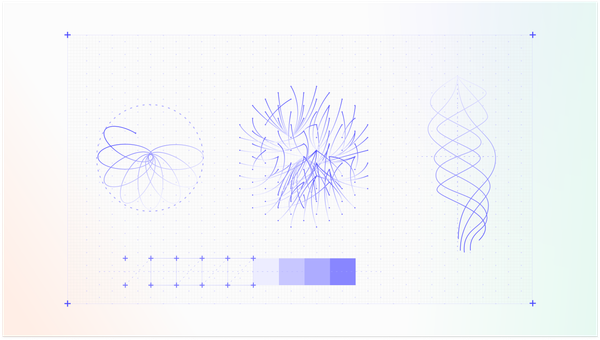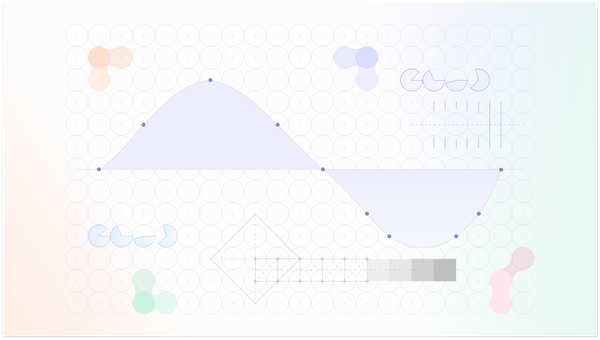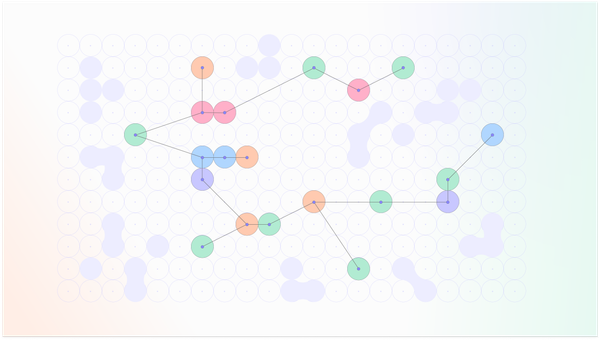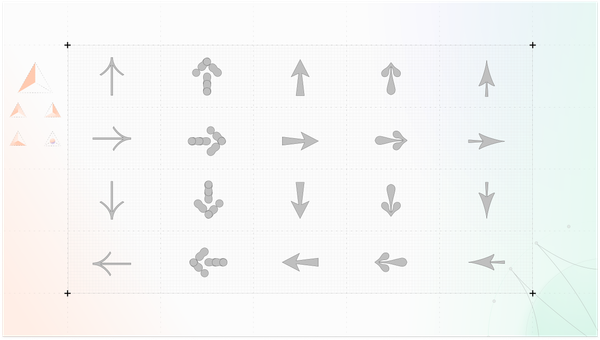To design products that truly resonate with users, you need more than just data—you need to see your product in action, in the hands of real people, in their real lives. Naturalistic observation strips away the artificiality of lab settings, offering a window into the authentic behaviors, challenges, and interactions that shape a person's interaction experience. By understanding the environment and conditions during which your product is used, you uncover insights for user-centered design that can’t be captured through traditional methods.
What is Naturalistic Observation?
Naturalistic observation is more than just a qualitative research method; it’s a lens through which researchers can capture the unfiltered reality of user interactions. Unlike controlled experiments in laboratory settings, this approach allows researchers to observe users as they naturally interact with products in their real-world environments. The goal is to capture unfiltered behaviors and interactions that provide deep insights into user needs and preferences. Explore our qualitative research insights platform to see how this approach can transform your UX strategy.
Five Reasons UX Researchers Should Use Naturalistic Observation
- Real-World Context: By embedding yourself in the users' environment, you gain insights that reveal the true context in which products are used. Observing users in their natural settings allows researchers to identify real challenges and behaviors that often go unnoticed in controlled environments. This context is crucial for creating products that truly fit into users' lives. Learn how to integrate real-world data into your UX process.
- Unbiased Data Collection: Naturalistic observation minimizes the risk of bias, offering a more accurate reflection of user behaviors and preferences. This method allows for the collection of authentic, observational data on user behavior, leading to more reliable insights into user interactions and preferences. Explore unbiased data collection techniques to enhance your research fidelity.
- Usability Issue Identification: Real-time observation uncovers usability issues that structured testing might miss, offering a clearer path to improvement. These insights are crucial for understanding both the frustrations and benefits users experience, offering actionable data to enhance product usability. See how Pulse Labs identifies and resolves usability issues.
- Qualitative Insight Generation: Qualitative insights from naturalistic observation spark innovative ideas, driving user-centered design decisions. Insights from real-world observations can inform design decisions, ensuring that products are user-centered and aligned with actual user needs. Discover how qualitative data can drive innovation.
- User Behavior Pattern Analysis: By identifying patterns in user behavior, naturalistic observation helps you design products that align seamlessly with user habits. Understanding these patterns is vital for designing products that align with user habits and preferences, ultimately enhancing user satisfaction. Understand behavior patterns to improve user satisfaction.
Naturalistic Observation and AI Interactions
Naturalistic observation provides researchers with valuable insights into real-world human-AI interactions. By observing how users engage with AI systems in everyday environments, researchers can uncover patterns in when and why people seek AI assistance. This approach reveals user preferences, trust levels, and decision-making processes when collaborating with AI, highlighting opportunities for improving AI integration and user experience. It may also identify efficiency gains and reveal how AI features simplify user tasks or create new usability issues in real-time scenarios.
Naturalistic observation of AI interactions reveals user trust levels, task efficiency, and pain points, enabling the creation of more intuitive and effective human-AI experiences.
These observations help in developing AI product integrations that better align with user needs, leading to more productive human-AI partnerships.
Addressing the Challenges of Naturalistic Observation
Despite its benefits, naturalistic observation comes with challenges that need strategic handling, such as potential observer bias and external variables. Here’s how to counteract these challenges:
- Observer Bias: Engage multiple observers and cross-validate findings to ensure consistency and accuracy. Detailed training and clear guidelines can also help ensure consistency in observations.
- Lack of Control: Pair naturalistic observation with complementary methods like interviews or surveys to gain a holistic understanding of user behavior.
- Data Overload: Given the volume of data collected, focus on specific research questions and employ structured frameworks to manage and analyze the information effectively. Explore strategies to overcome naturalistic observation challenges.
Naturalistic observation is more than a tool; it's a strategic advantage for UX researchers seeking to base designs on real-world user behavior. This method provides unbiased data, uncovers usability issues, and reveals behavior patterns, driving product innovation and improvement. As we integrate generative AI technologies like chatbots and voice assistants into new products and existing software, naturalistic observation offers direct insight into new interaction paradigms. While challenges exist, careful planning and overlapping research methods can overcome them. Embracing naturalistic observation leads to more user-centered designs that meet the moment, enhancing the overall user experience.
Unlock deeper user insights with Pulse InsightStudio —contact us and see how naturalistic observation can elevate your UX strategy.








Member discussion